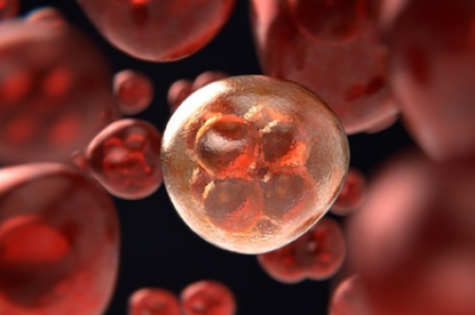Blood cancer is a disease that attacks either the bone marrow or the lymphatic system of the body. These parts of the body are closely connected to the immune system. They are where blood is produced and can help to fight off infections. A common form of blood cancer is leukemia. This is the most prevalent form of childhood cancer. In fact, there are only three types of blood cancer that we see regularly.
There is leukemia, disorders that affect your bone marrow and lymphoma, both Hodgkin and non-Hodgkin. Keep reading for some of the most important facts about blood cancer that you need to know.
1. Medical Technology Has Advanced in Leaps and Bounds
Over the past 20 years, the outcome for those with blood cancer has significantly improved. This is because years of research have been done to make those with leukemia and Hodgkin lymphoma live for much longer. Not only do people suffering from these cancers live longer, but their quality of life is vastly better.
2. Keep an Eye Out for These Warning Signs
While there is no effective test for early detection of the majority of blood cancers, there are some symptoms that you should seek help. A few, like joint pain, fatigue and chills are indicative of other, more common, illnesses. If they are coupled with swollen lymph nodes and weight loss for which there is no cause, then you should seek an opinion from a medical professional. The sooner blood cancer treatment is started, the better your chances are of defeating it.
3. What is the Difference Between Lymphomas?
A lymphoma is a common form of blood cancer. It takes one of two forms. There is a Hodgkin lymphoma, and there is non-Hodgkin lymphoma. Hodgkin lymphoma spreads in a regular way from a group of lymph nodes on to the next. Non-Hodgkin Lymphoma spreads just as quickly, but in a more erratic way. There is no way to predict which group of lymph nodes that it will target next. Both are serious and need prompt treatment.
4. Blood Cancer is Most Common in Children and Adolescents
When children are affected by cancer, it hits a family particularly hard. The uncertainty of recovery is difficult to deal with. Unfortunately, blood cancers like leukemia and non-Hodgkin lymphoma are the most prevalent types of cancer in those under the age of 20. Coupled with these cancers, children can suffer from disorders which target their nervous system.
5. Blood Cancer is More Common in Men Than Women
Knowing that disease is more common in the opposite gender does not mean that you will never be diagnosed with it. However, it is important to know that almost a third more of those with blood cancer identify as male. No matter your gender, the warning signs and the treatment are the same, but men should be on greater guard against seemingly small symptoms.
6. Blood Cancer is Very Serious and Dangerous
While it is true that treatment has advanced quite a lot over the past years, this form of cancer is still serious and should be treated as such. Almost every ten minutes, a person loses their battle against this cancer. Blood cancers of various forms can affect the young as well as the old. African-Americans succumb before the 5-year rate almost 10% more than do white Americans. Certain cancers, like myelomas, affect those aged 67 or older at a much higher rate than their younger counterparts.
Blood cancer is a terrifying diagnosis to receive. The three main types have a high mortality rate, but if you seek treatment promptly, you can live for longer and have a greater quality of life.















__small.png)










